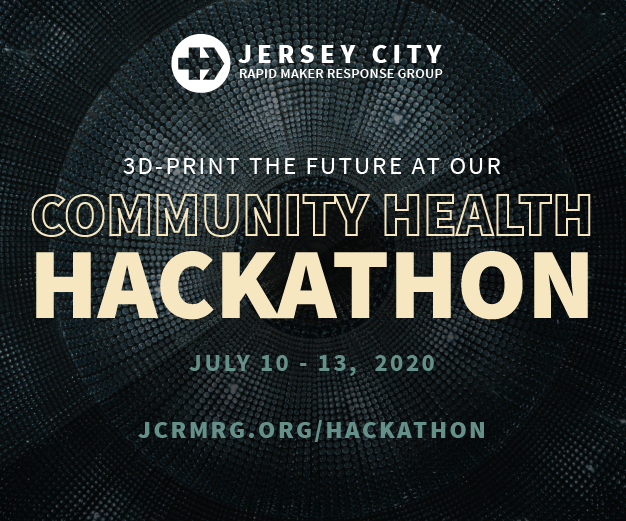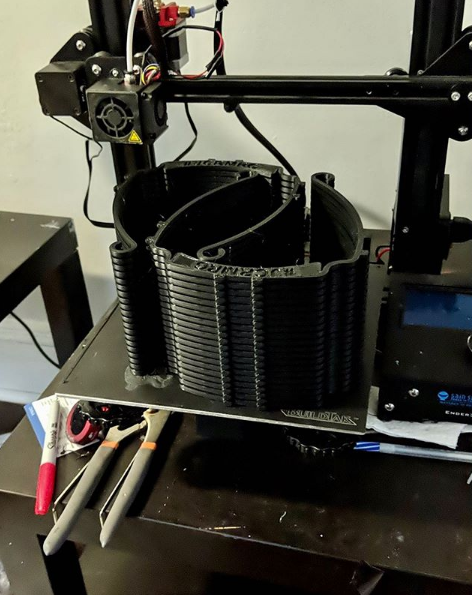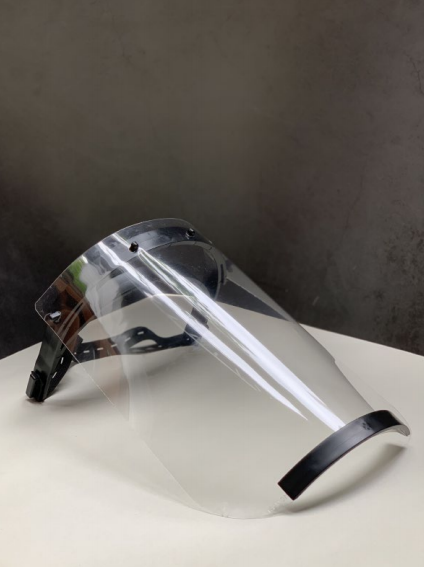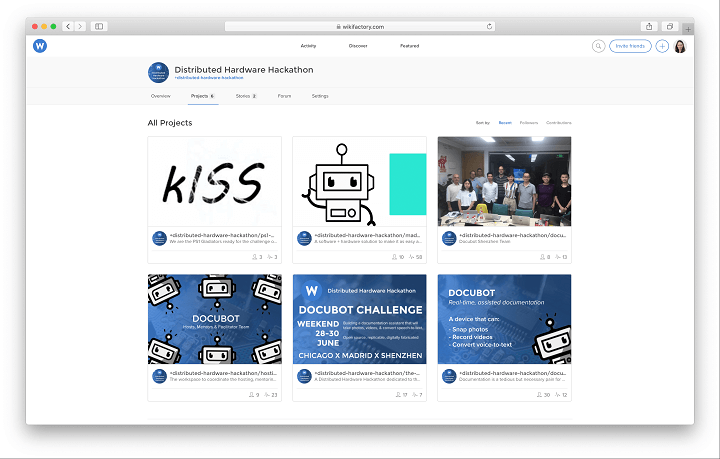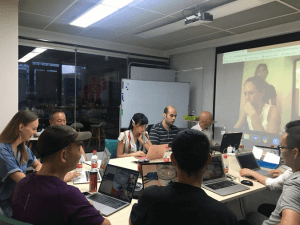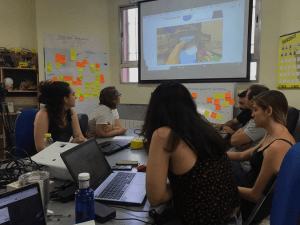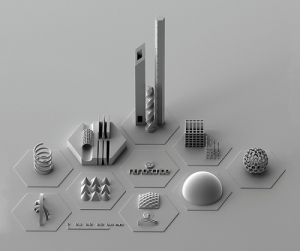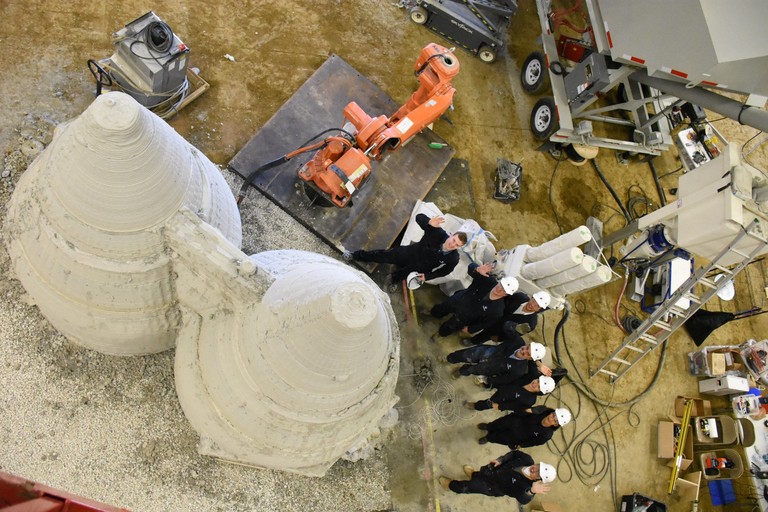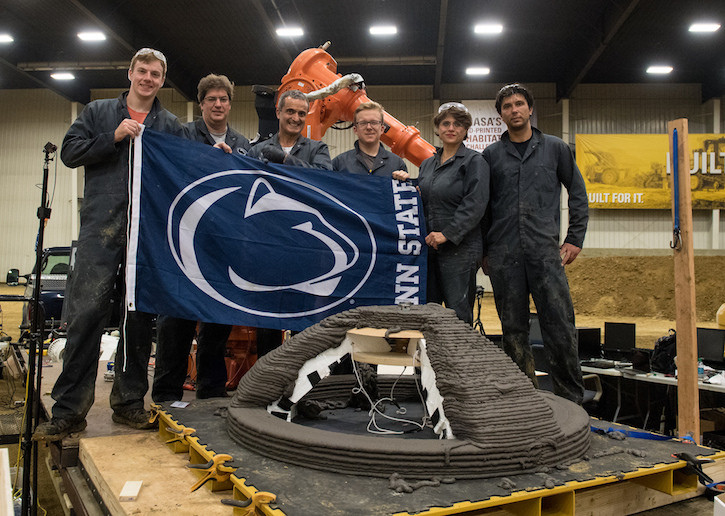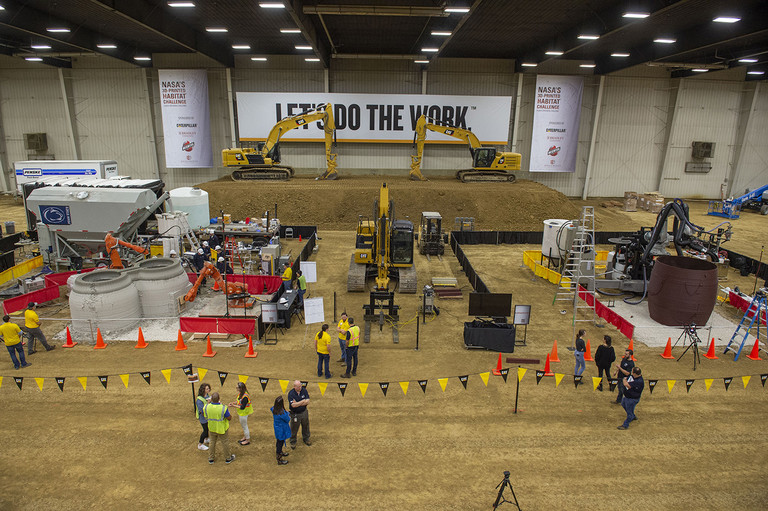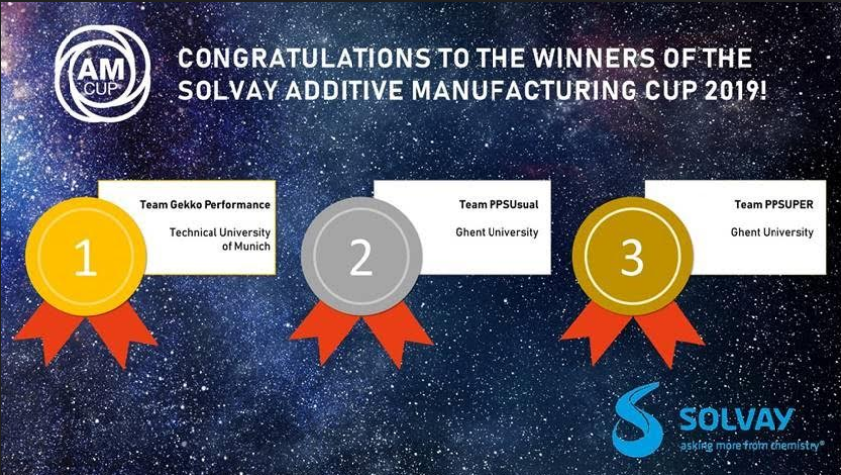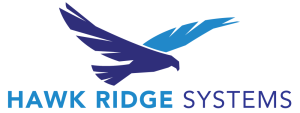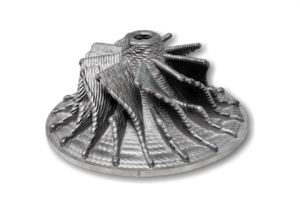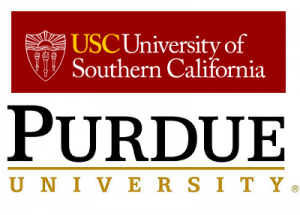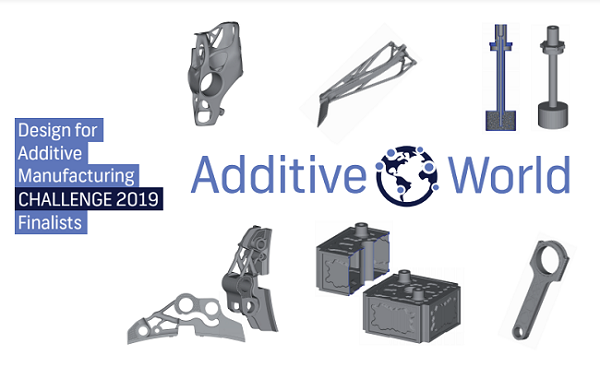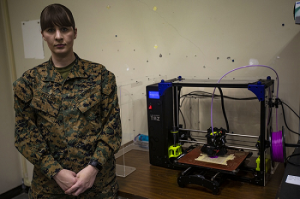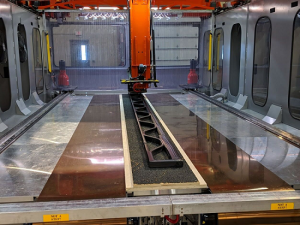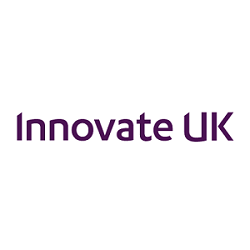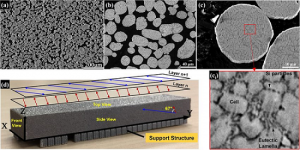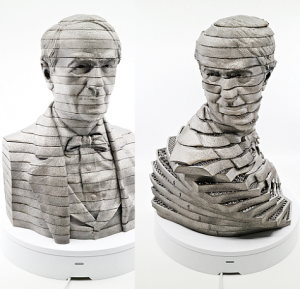As we’ve mentioned many, many times over the last few months, the 3D printing community has really stepped up in a big way to help others as our world got turned upside down due to the COVID-19 pandemic. The crisis hasn’t passed either, and makers are still offering their support in any way they can.
We’ve been telling you about all of the virtual events and webinars taking place in the industry as we struggle to remain connected, including a virtual nationwide 3D Health Hackathon, hosted by the United Way-sponsored Jersey City Rapid Maker Response Group (JCRMRG) and sponsored by several industry partners, including 3DPrint.com.
This all-volunteer collective has an interesting back story. JCRMRG was just formed in April, as the result of a Reddit post regarding personal protective equipment, or PPE. The post was a call to arms for 3D printing hobbyists to organize, in order to create and deliver face shields for medical workers and first responders in New Jersey and New York.
“I’m creating the jersey city rapid maker response group. calling all local makers and professionals with 3dprinters, laser cutters, etc, to come volunteer remotely…together. It’s time for us to get organized and help supply our local healthcare workers more efficiently, as a group,” the post states.
“if we band together, we will be able to get much more efficient at our production and distribution, and will be able to supply larger numbers to needed places quickly, addressing local needs in a smarter way.”
Since then, the group has engaged over 50 volunteers, responsible for 3D printing 5,000 face shields. JCRMRG has since switched to injection molding, and more than 75,000 face shields have been delivered to healthcare workers all around the US. Now it’s raising the bar with the virtual hackathon, which aims to take on PPE-related wearability, sustainability, and supply chain issues.
“Our goal is to be responsible partners in the eco-system that we are currently a part of, while acting as a catalyst for innovation, and we are the only all volunteer PPE group in the country doing an event like this. We want to pay it forward, and enable our hackers to walk away with enough feedback and support to launch their own successful ventures that can continue to support the battle against COVID, and combat supply chain disruption through maker-led initiatives,” said JCRMRG’s founder Justin Handsman.
JCRMRG’s Laura Sankowich told me that as of now, 25 hackathon teams from around the country have signed up, and the event will kick off at 6 pm on July 10th with a Zoom call between the panelists and judges. Initial design ideas will be presented in one of three categories — sustainable PPE, modular solution labs, and day-to-day PPE — and then the hacking will begin.
“The Jersey City Rapid Maker Response Group is making a huge impact on a local and national level. First by providing PPE to frontline medical workers, and second by engaging people to think about how we can empower the maker movement to continue to address both COVID and future crisis related challenges. As a co-host and advisor of the event, and leader of a tech organization with more than 2,500 members, I am confident that the hackathon will have a positive, long-term impact in terms of the ideas, and potential businesses it will produce,” stated Ben Yurcisin, Founder of the Jersey City Tech Meetup, who is also serving as the event advisor.
From July 11-12, teams will work on their projects, whether they’re designing PPE for daily use in schools, business, and public transportation, figuring out ways to reduce waste in the PPE production process, or developing mobile manufacturing labs that can be deployed quickly and easily in healthcare, emergent, and even educational settings. Teams of experienced mentors will support the hackers, offering support and coaching, as well as advice on design and functionality capabilities and creating value propositions for their ideas.
“This hackathon represents the next phase in our mission to use technology for humanitarian causes. Our hackathon is bringing together the brightest minds and leaders in technology, business, and additive manufacturing to help participating teams develop solutions to address the ongoing needs surrounding supply chain disruptions in healthcare and emergent situations,” Handsman said. “We are also focused on encouraging the development of safe, sustainable solutions related to the manufacturing and use of PPE since millions of face shields, masks, and pieces of protective gear are ending up in landfills across the country after a single use.”
In addition to Handsman, there are eight other Hackathon judges:
- Michael Burghoffer, Founder and CEO of PicoSolutions
- Alda Leu Dennis, General Partner at early stage VC firm Initialized Capital
- Christopher Frangione, COO of TechUnited:NJ
- Thomas Murphy, Sr. Product Manager at Shapeways
- Rob Rinderman, SCORE Mentor, Founder, Investor
- Tali Rosman, General Manager and Vice President of 3D Printing, Xerox
- Nora Toure, Founder of Women in 3D Printing
- Dr. David Zimmerman, Stevens Venture Center, Director of Technology Commercialization, Stevens Institute of Technology
The winning hacks will be announced on July 16th. The third place team will receive $1,500, while second place will get $2,500, and first place is $3,500. Several strategic partners and sponsors are supporting the hackathon, including 3DPrint.com, Asimov Ventures, DesignPoint, Indiegrove, PicoSolutions, Dassault Systèmes, PSE&G, PrusaPrinters, TechUnited, Stevens Venture Center, Devpost, Women in 3D Printing, and the Jersey City Tech Meetup.
Once the hackathon is over, JCRMRG plans to follow and support the teams, as well as the maker community, by connecting makers with resources and mentors, and coming up with more initiatives to use 3D printing and injection molding to make face shields for the brave men and women working on the front lines of the pandemic in the US.
(Source/Images: Jersey City Rapid Maker Response Group)
The post JCRMRG’s 3D Health Hackathon Aims for Sustainable 3D Printed PPE appeared first on 3DPrint.com | The Voice of 3D Printing / Additive Manufacturing.


